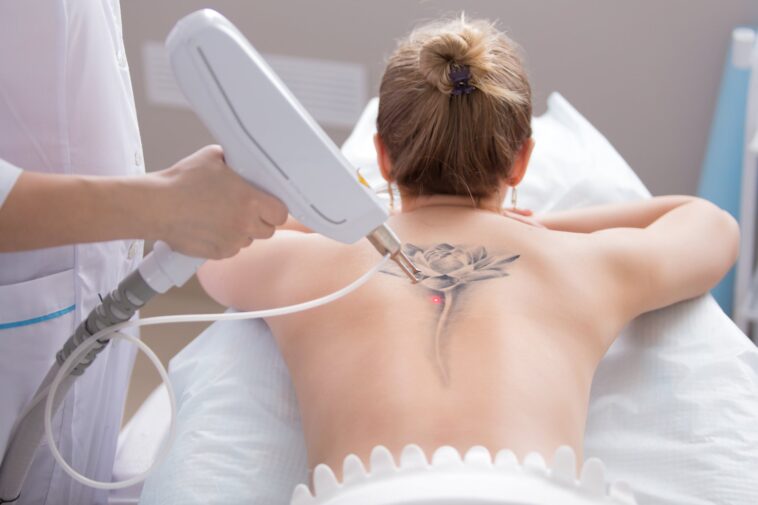Tattoos have been a popular form of self-expression for centuries, but what happens when you no longer want them? Fortunately, tattoo removal technology has advanced significantly in recent years, making it easier and less painful than ever to remove unwanted tattoos.
One of the latest and most advanced laser technologies used for tattoo removal is PicoSure Pro. PicoSure Pro is a cutting-edge laser technology that delivers ultra-short pulses of energy to break down ink particles in the skin quickly. If you’re considering tattoo removal, it’s essential to understand the truth about the pain associated with the procedure, including the benefits of using PicoSure Pro Sydney as a preferred choice for painless tattoo removal.
Myth 1: Tattoo Removal is More Painful Than Getting a Tattoo
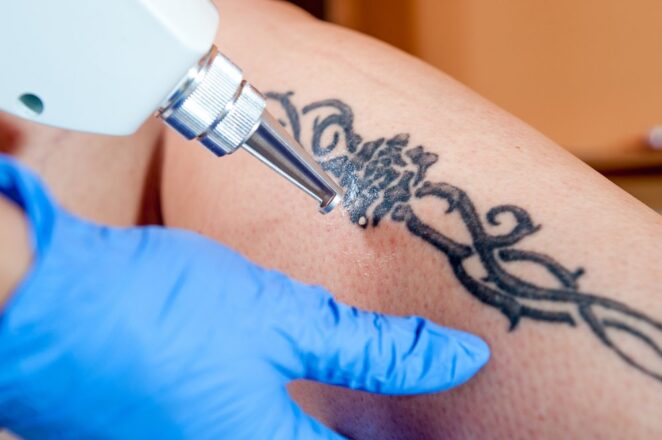
Many people assume that tattoo removal is a more painful process than getting a tattoo, which can cause apprehension and uncertainty when considering this process. However, this is not entirely accurate. Getting a tattoo involves a needle repeatedly piercing the skin to inject ink, which can be quite painful, especially in sensitive areas such as the ribs or ankles. In contrast, this process involves using a laser to break down ink particles in the skin. While the sensation of the laser may cause some discomfort, it is typically less painful than getting a tattoo.
It is worth noting that everyone’s pain tolerance is different, and some people may experience more discomfort than others. However, advancements in laser technology have made it less painful than ever before. PicoSure Pro, for example, uses ultra-short pulses of energy to break down ink particles without damaging the surrounding skin, making the process less painful and more effective than older laser technologies.
Myth 2: Tattoo Removal is a One-Time Procedure
Tattoo removal is a process that requires multiple sessions to achieve the desired results, contrary to the myth that it is a one-time procedure. The number of sessions needed to remove a tattoo depends on several factors, such as the size, color, and location of the tattoo, the type of ink used, and the patient’s skin type.
It is worth noting that each tattoo removal session is spaced several weeks apart to allow the skin time to heal fully. During each session, the laser breaks down the ink particles in the skin, which are then absorbed by the body’s lymphatic system and eliminated naturally. The process is gradual and requires several sessions to ensure the ink is entirely removed without causing damage to the skin.
In some cases, they may be entirely removed within six to twelve sessions. However, for larger ones or those with dense ink, more sessions may be required. The number of sessions also depends on the individual’s immune system, which plays a role in this process. It is essential to understand that this process is a gradual and ongoing one.
Rushing the process and attempting to remove it in one session can cause skin damage and may even leave behind scars. Therefore, it is crucial to work with a qualified and experienced professional who can provide an accurate estimate of the number of sessions required to remove it safely and effectively.
Myth 3: Tattoo Removal is Always Painful
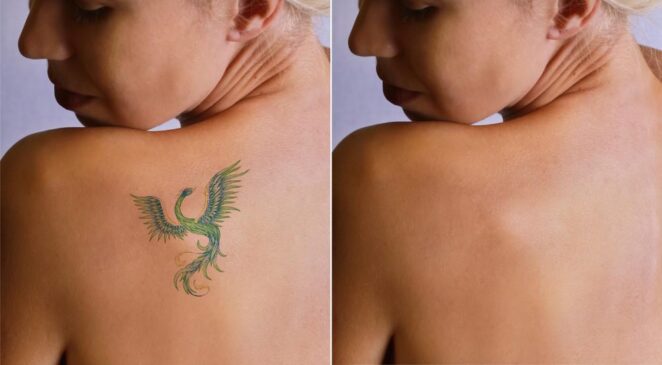
This is often associated with pain, but this is not always the case. While some level of discomfort is to be expected, especially during the first few sessions, this process does not have to be a painful experience.
Advancements in laser technology have made the process more comfortable than ever before. PicoSure Pro, for example, uses ultra-short pulses of energy to break down ink particles without causing significant discomfort. The technology is also designed to target the ink particles specifically, leaving the surrounding skin unaffected. It is worth noting that everyone’s pain tolerance is different, and some people may experience more discomfort during the removal than others. However, the pain is usually tolerable and manageable, and the removal process is typically much less painful than getting it in the first place.
Myth 4: Tattoo Removal Creams are Effective and Painless
These creams are a popular alternative to laser removal, with many people believing they are an effective and painless solution. However, this is a common myth that can lead to disappointment and frustration.
These creams typically work by breaking down the ink particles in the skin and allowing them to be absorbed by the body. However, the concentration of the ingredients in these creams is usually not high enough to effectively remove the ink, and the process can take several months or even years. In addition, the creams may cause skin irritation, redness, and discomfort, making them far from painless.
Another issue with removal creams is that they are not regulated by the FDA, meaning there is no guarantee that the ingredients are safe or effective. Some creams may even contain harsh chemicals that can cause skin damage or scarring.
Myth 5: Tattoo Removal Leaves No Scarring
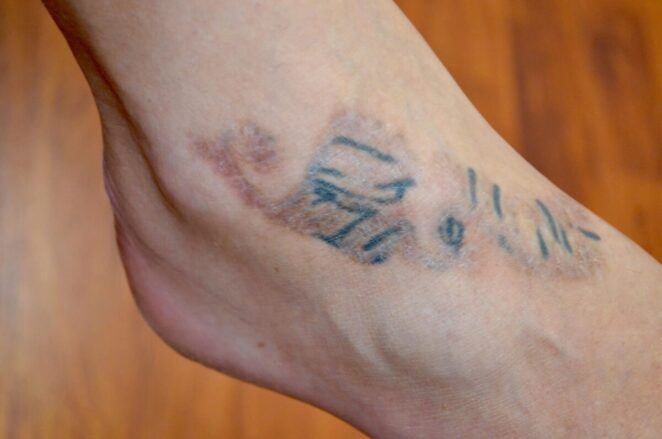
One of the common myths about this process is that it leaves no scarring. While laser technology has advanced significantly in recent years, it is not always possible to remove it without leaving behind some degree of scarring or skin discoloration.
The likelihood of scarring depends on several factors, such as the size and location of the tattoo, the type of ink used, the patient’s skin type, and their ability to heal. In some cases, small tattoos with light ink may be removed without scarring. However, larger tattoos with dense ink may require more sessions, increasing the risk of scarring.
It is also essential to note that the patient’s aftercare plays a significant role in the outcome of the tattoo removal process. Following the recommended aftercare procedures, such as avoiding sun exposure and using moisturizer, can help reduce the risk of scarring and promote healing.
Considerations for Tattoo Removal Pain and Aftercare
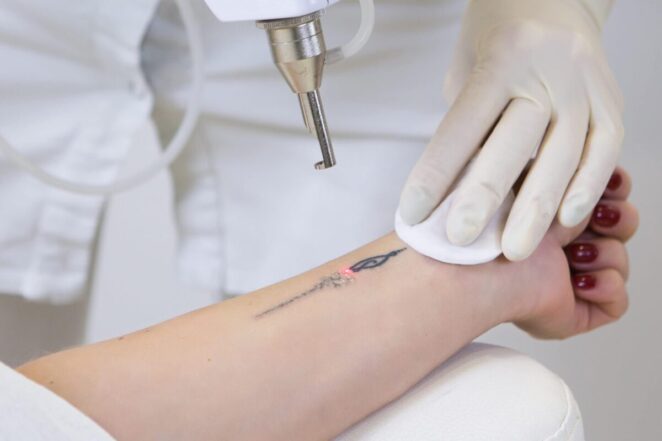
Tattoo removal is a complex process that requires careful consideration and planning. While advancements in technology have made the process more comfortable and effective, it is essential to approach it with realistic expectations and a willingness to follow recommended aftercare procedures.
When considering it, it is essential to understand the common myths and misconceptions surrounding the process, such as the belief that it is more painful than getting it or that these creams are an effective and painless solution. By understanding the facts and working with a qualified and experienced professional, patients can make informed decisions and achieve the best possible outcome.
It is also crucial to understand that this is not a one-time procedure and that multiple sessions may be required to achieve the desired result. The number of sessions required depends on various factors, such as the size and location of the tattoo, the type of ink used, and the patient’s skin type.
Aftercare is another essential consideration. Proper aftercare procedures can help reduce the risk of scarring, promote healing, and ensure the best possible outcome. Patients should follow the recommended aftercare procedures, such as avoiding sun exposure, keeping the area clean and dry, and using moisturizer.
In conclusion, this is a complex process that requires careful consideration and planning. Patients should approach this process l with realistic expectations, understand the common myths and misconceptions, work with a qualified and experienced professional, and follow recommended aftercare procedures. With the right approach, patients can achieve the best possible outcome and feel confident in their decision to remove their tattoos.



